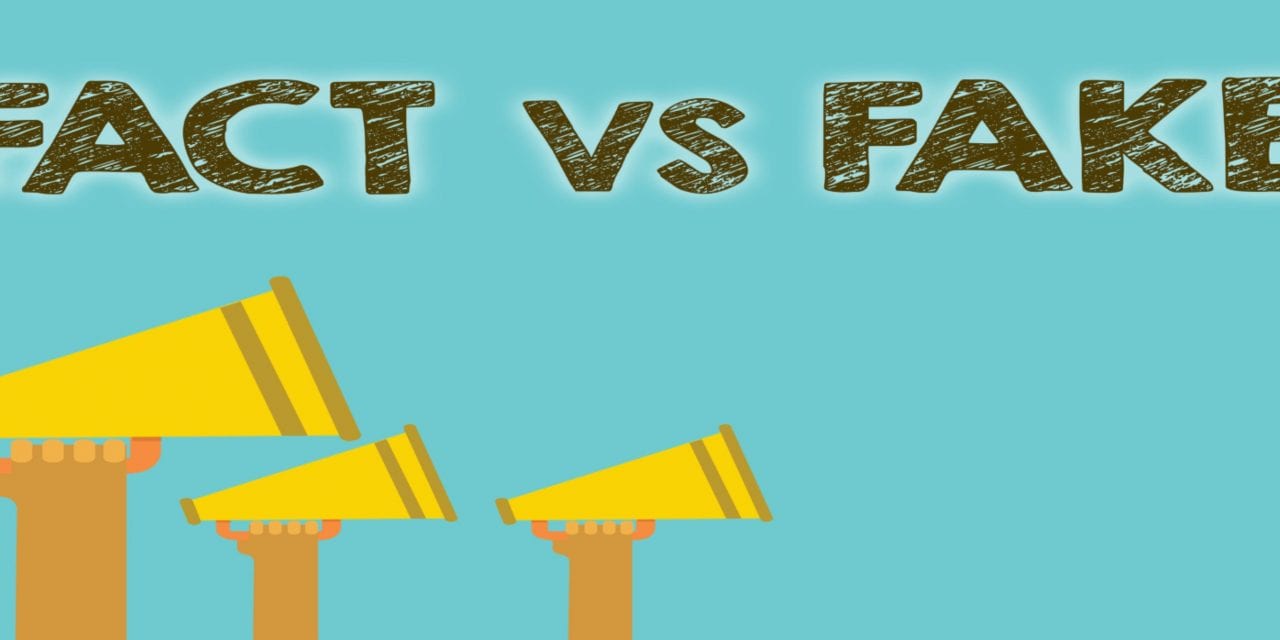Not long ago, I attended the Traffic & Conversion Conference in San Diego where I heard the very best keynote I have ever experienced.
By Steve Moran
Not long ago I attended the Traffic & Conversion Conference in San Diego where I heard the very best keynote I have ever experienced by Rachel Hollis, a lifestyle/mommy blogger, author, speaker. Two profoundly memorable quotes:
“We pretend we have it all together. None of do. The more together we look the the less together we are.”
“I am the problem . . . if my organization is failing . . . is not meeting my expectations.” It is not the market or team members. (The non-quote portion is pure Steve Moran, in my notes from the presentation).
Later I was chatting with my friend, Lori Alford about the NIC Spring Conference, the state of the senior living sector, and hope and discouragement. She relayed a conversation she had with another senior living leader (I hope that is not too convoluted), where that leader came back from NIC feeling totally discouraged.
Total Discouragement
The reason that person was discouraged was that while at NIC she talked to leader after leader whose organizations were knocking it out of the park with high occupancy, profitability, and low staff turnover. She, on the other hand, was struggling in all of those areas. For her, the senior living business was kicking her in the tail.
Except That . . .
Lori and I both spend enough time talking to senior living leaders and workers to know that — in fact — many/most of those people she talked with were not telling the whole truth. I am not suggesting that anyone actually said they were at 95% occupancy, while really at 75% or 80%. Yet, they talked like they were in the mid-90s and that things were great . . . when in truth they were not.
There are for sure communities — and even whole organizations — that are really crushing it. However, it would be completely unfair to say that most are crushing it. Even those who are crushing it are really struggling in some parts of their organization. In fact, of those really great organizations, some have shockingly high staff turnover rates and are spending head-spinning-amounts of money on agency staffing.
All of which means that even the folks who are doing okay are being kicked in the tail all the time. We had a few years where it was for many operators, simply too easy — unnaturally easy — because several years of drought in the economy led to pent-up demand. I watched a number of very ordinary executive directors look like heroes when they were not that good but rather just simply lucky to be in the right place at the right time.
The Case for Honesty
As a blogger with strong opinions, I know that I am going to be wrong sometimes; consequently, when it happens, I am going to have to write another blog post where I say “I got more information . . . I spent more time thinking about . . . and I now see it differently.” On first blush, you might think that hurts my credibility . . . and I guess I could be wrong about this, but what I constantly hear from readers is that one of the things they really appreciate is that we are willing to offer up opinions and willing to A) be wrong and B) admit it when we are wrong.
There is really strong research data that backs up the idea that when strong leaders admit failures, they are seen as stronger. I would also note that when weak leaders do this, it just makes them look even weaker.
We should be honest with our peers because together we can find bigger and better solutions to our problems. We should be honest with our teams because it puts us in a position where we are fighting a common enemy and there is nothing that coalesces a team like having a common foe.
And finally, if you look to perfect people . . . know that no one is that perfect and they will think worse of you, not better. If you stumble, they will rejoice . . . they will not be there to help you.
Now for the big question: How are you really doing?








